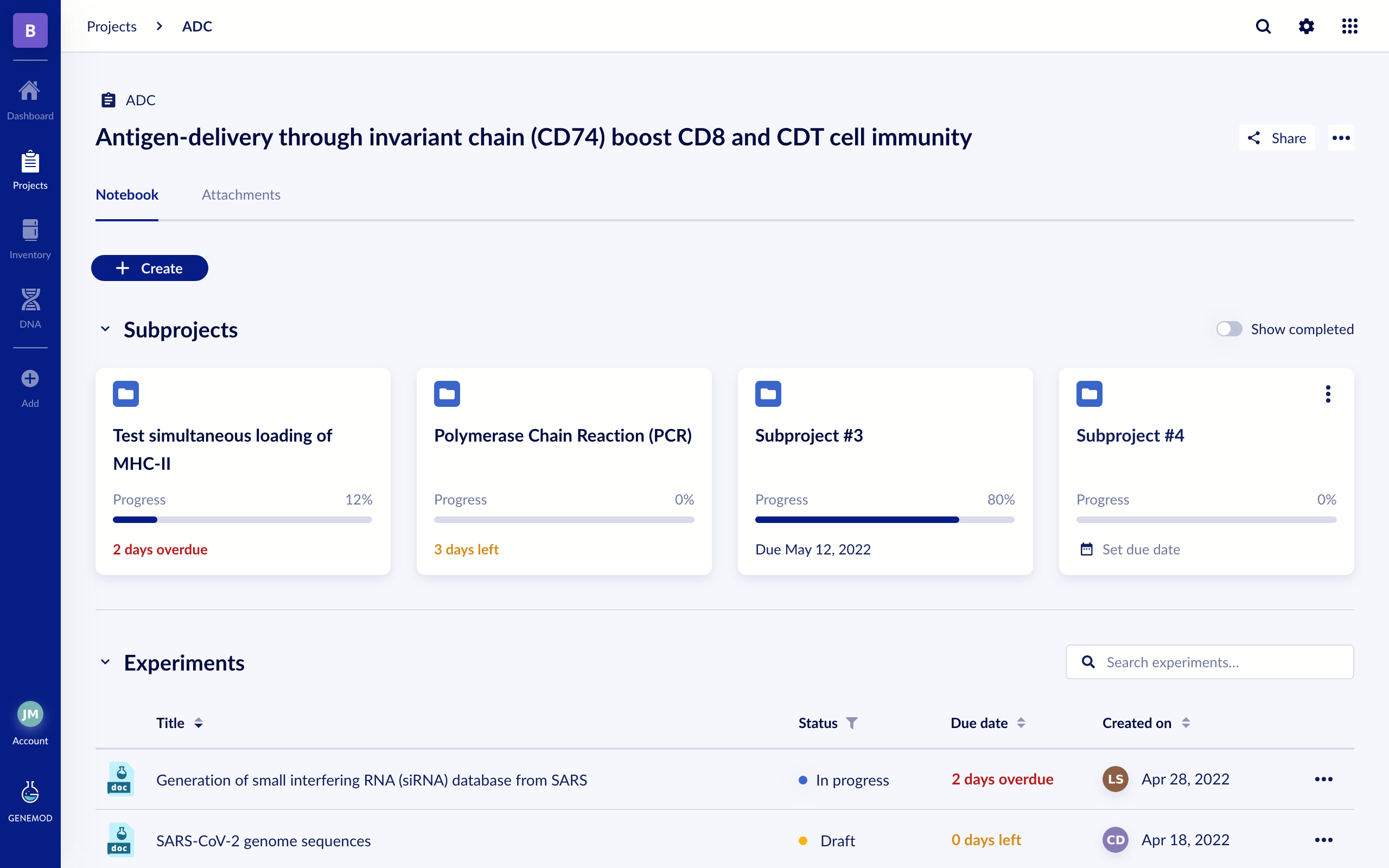
It’s a common sentiment across the scientific landscape that researchers everywhere should be able to share data, re-create each other’s experiments, and achieve similar results. Though different methods may be used to achieve the same results, the standardized input data should, in theory, remain the same. By using other methods while reproducing the same results, scientists can arrive at a deeper understanding of a given phenomenon and even develop new hypotheses.
Unfortunately, most scientific studies are unreproducible, with as many as half of all researchers unable to reproduce their own findings. This has resulted in billions of wasted dollars each year, slowed progress in much-needed biomedical developments and discoveries, lack of efficiency, loss of time, and growing mistrust from the general public.
Reproducible experimental results are essential for biomedical advancements to occur quickly and cost-efficiently. To enhance scientific reproducibility, broader transparency and collaboration among researchers is required; one of the best ways to achieve this is by implementing an Electronic Notebook (ELN) or other software for tracking and sharing data. A robust ELN generates an automated workflow for inventory, allowing its users to create a virtual copy of the lab’s freezers, fridges, and incubators so that researchers can more effectively track and manage samples, cells, and reagents. This saves valuable time, resources, and energy, enhancing reproducibility and boosting morale among staff and collaborators.
Why Researchers Struggle with Reproducibility
Despite the importance of reproducibility, many researchers continue to insist on using methods that unintentionally sabotage their efforts, such as:
- Poor research practices: Many researchers fail to set rigorous standards for experimental design or analysis and reporting. Bias or failure to cite sufficient evidence in experiment design often leads to a lack of reproducibility.
- Cognitive bias: Despite their best intentions, researchers’ conclusions and decisions are often clouded by bias, whether drawing a conclusion too quickly, looking for an interpretation to fit a preexisting view, or perceiving a pattern that does not actually exist.
- Lack of access to raw data, methodology, and key research materials: Inability to access original data, materials, and protocols hinders the scientific process and wastes time by forcing personnel to recreate these components.
- Misidentified or cross-contaminated cell lines: If biological materials can’t be accurately traced back to their source, the experimental results may be compromised.
- Failure to manage complex datasets: Many researchers do not employ the tools needed to manage complex datasets, instead relying on older data management methods, like Excel, which slows the process.
- Poor inventory management: Inadequately managing inventories of cells, reagents, and samples can result in a disorganized workflow and time wasted searching for the proper containers.

“Open Science”: The Solution to Improving Reproducibility
To improve reproducibility, researchers must hold themselves and each other to higher standards. Recently, the term “open science” has gained wider circulation. Open science refers to wider, more significant, more transparent collaboration among researchers in disparate locales.
Working remotely, research teams can share and verify their findings with one another to expedite the discovery process. Research teams are compelled to do better, more robust work—addressing all of the above-mentioned concerns—when they are sharing their work and holding each other accountable.
For open science to work, all research teams involved need a shared system. An ELN with automated features and powerful bandwidth is the most efficient solution to collaboration and improving reproducibility; users can quickly enter data and locate the reagents they need more quickly than with more traditional storage methods like Excel and handwritten notebooks. Ultimately, this process leads to faster and more trustworthy biomedical discoveries.
The benefits of open science are numerous, including:
- Increased quality of research: When researchers are accountable to and interdependent on each other, the integrity of their work increases, which results in improved reproducibility, and, ultimately, more scientific discoveries.
- Greater efficiency: With researchers working in sync, there is no need to reinvent the wheel or use indirect methods. Priceless time is saved when research teams share their findings and resources openly.
- Cost-effectiveness: Working together saves time and money, leading to faster innovation and better use of resources.
- Better public relations: Transparency and sharing of research on public databases like Google Scholar and ResearchGate improves trust between researchers and between the researcher and the general public. The visibility of open science can lead to investments and donations as well as public engagement and conversations, which promote further incentive and awareness for new areas of research.
- Global reach: Global challenges as well as local, including those in developing nations, are better understood and more quickly addressed when the scientific community works together. Open science has the potential to make research more accessible across the entire globe.
Scientists, investors, donors, and those involved in making policies everywhere can and should take steps to promote open science wherever possible, especially when it comes to enhancing reproducibility in research and promoting medical discovery. In a world where many issues press for attention and time is of the essence, open science is the most efficient and practical solution available.
LabTAG by GA International is a leading manufacturer of high-performance specialty labels and a supplier of identification solutions used in research and medical labs as well as healthcare institutions.

